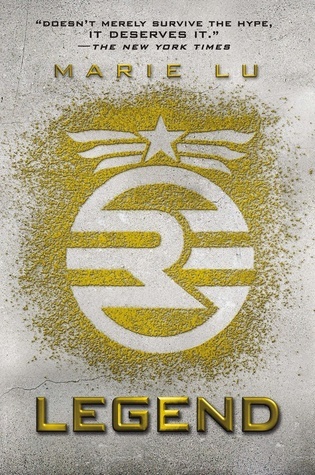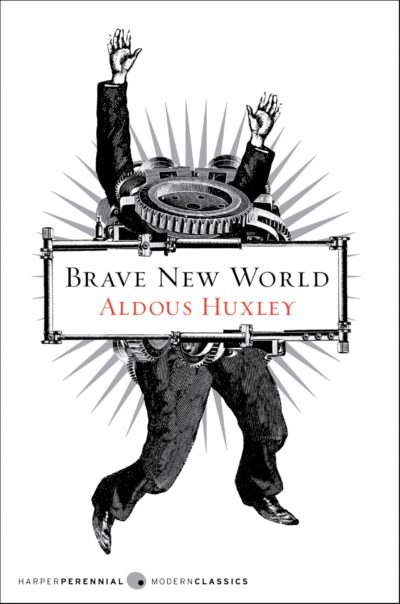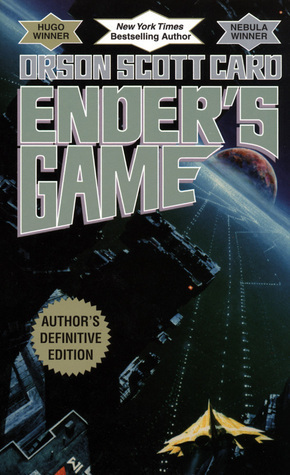345 Results with the "Science Fiction" genre
Adventure Fiction (1164)
Biography (435)
Business & Finance (1)
Children's Literature (124)
Comics (6)
Culture (51)
Drama (123)
Dystopian (29)
Fable (86)
Fantasy (1132)
Fantasy (203)
Fiction (1010)
Finance (1)
Gothic Fiction (12)
Historical Fiction (615)
History (122)
Horror (56)
Lifestyle (36)
Literary (404)
Literary Fiction (207)
Memoir (113)
Mystery (422)
Non-fiction (87)
Novel (549)
Paranormal Fiction (96)
Philosophical (182)
Philosophy (45)
Poetry (249)
Political Fiction (14)
Politics (42)
Practical (32)
Psychological (4)
Psychological Thriller (108)
Relationship (6)
Romance Novel (716)
Romantic Melodrama (14)
Satire (91)
Science (46)
Self-help (68)
Society (65)
Society (2)
Spiritual Growth (1)
story (2)
Thriller (704)
True Crime (56)
view (11)
Women's Fiction (2)
Young Adult (233)
-
Story
Never Let Me Go
 In Never Let Me Go, Kazuo Ishiguro weaves a haunting and introspective tale set in an alternate-reality 1990s England, where Kathy H., a carer, reflects on her childhood at Hailsham, an idyllic yet unsettling boarding school. As Kathy reunites with her former classmates Ruth and Tommy, she confronts the dark truth about their existence: they are clones, created solely to provide organ donations for “normal”…
In Never Let Me Go, Kazuo Ishiguro weaves a haunting and introspective tale set in an alternate-reality 1990s England, where Kathy H., a carer, reflects on her childhood at Hailsham, an idyllic yet unsettling boarding school. As Kathy reunites with her former classmates Ruth and Tommy, she confronts the dark truth about their existence: they are clones, created solely to provide organ donations for “normal”…-
2.1 K • Jul 23, '25
-
2.4 K • Jul 23, '25
-
2.5 K • Jul 23, '25
-
-
Story
Legend (Legend #1)
 Legend is the electrifying first installment in Marie Lu’s bestselling dystopian trilogy, set in a war-torn future where the United States has fractured into two warring nations: the oppressive Republic and the rebellious Colonies. The story unfolds through the dual perspectives of two unforgettable protagonists: June Iparis, a 15-year-old military prodigy from the Republic’s elite, groomed for success and loyalty to the regime. Day, the…
Legend is the electrifying first installment in Marie Lu’s bestselling dystopian trilogy, set in a war-torn future where the United States has fractured into two warring nations: the oppressive Republic and the rebellious Colonies. The story unfolds through the dual perspectives of two unforgettable protagonists: June Iparis, a 15-year-old military prodigy from the Republic’s elite, groomed for success and loyalty to the regime. Day, the…-
2.3 K • Jul 22, '25
-
2.1 K • Jul 22, '25
-
2.1 K • Jul 22, '25
-
-
Story
Brave New World
 In Brave New World, Aldous Huxley crafts a chilling vision of a dystopian future where society is engineered for stability and superficial happiness. Set in London, 2540 AD, humans are no longer born but grown in laboratories, genetically designed and psychologically conditioned to fit into rigid castes: Alphas, Betas, Gammas, Deltas, and Epsilons. The World State enforces conformity through: Soma: A drug that numbs emotions…
In Brave New World, Aldous Huxley crafts a chilling vision of a dystopian future where society is engineered for stability and superficial happiness. Set in London, 2540 AD, humans are no longer born but grown in laboratories, genetically designed and psychologically conditioned to fit into rigid castes: Alphas, Betas, Gammas, Deltas, and Epsilons. The World State enforces conformity through: Soma: A drug that numbs emotions…-
2.3 K • Jul 23, '25
-
2.4 K • Jul 23, '25
-
2.2 K • Jul 23, '25
-
-
 Ender’s Game is a groundbreaking science fiction novel that follows Andrew “Ender” Wiggin, a brilliant child recruited into Battle School, an orbital military academy where gifted children are trained to command Earth’s defenses against an alien race called the Formics (or “Buggers”). Under the ruthless tutelage of Colonel Graff, Ender excels in simulated war games, mastering strategy and leadership—but at a devastating psychological cost. As…
Ender’s Game is a groundbreaking science fiction novel that follows Andrew “Ender” Wiggin, a brilliant child recruited into Battle School, an orbital military academy where gifted children are trained to command Earth’s defenses against an alien race called the Formics (or “Buggers”). Under the ruthless tutelage of Colonel Graff, Ender excels in simulated war games, mastering strategy and leadership—but at a devastating psychological cost. As…-
2.7 K • Jul 23, '25
-
2.3 K • Jul 23, '25
-
2.7 K • Jul 23, '25
-
- Previous 1 2
